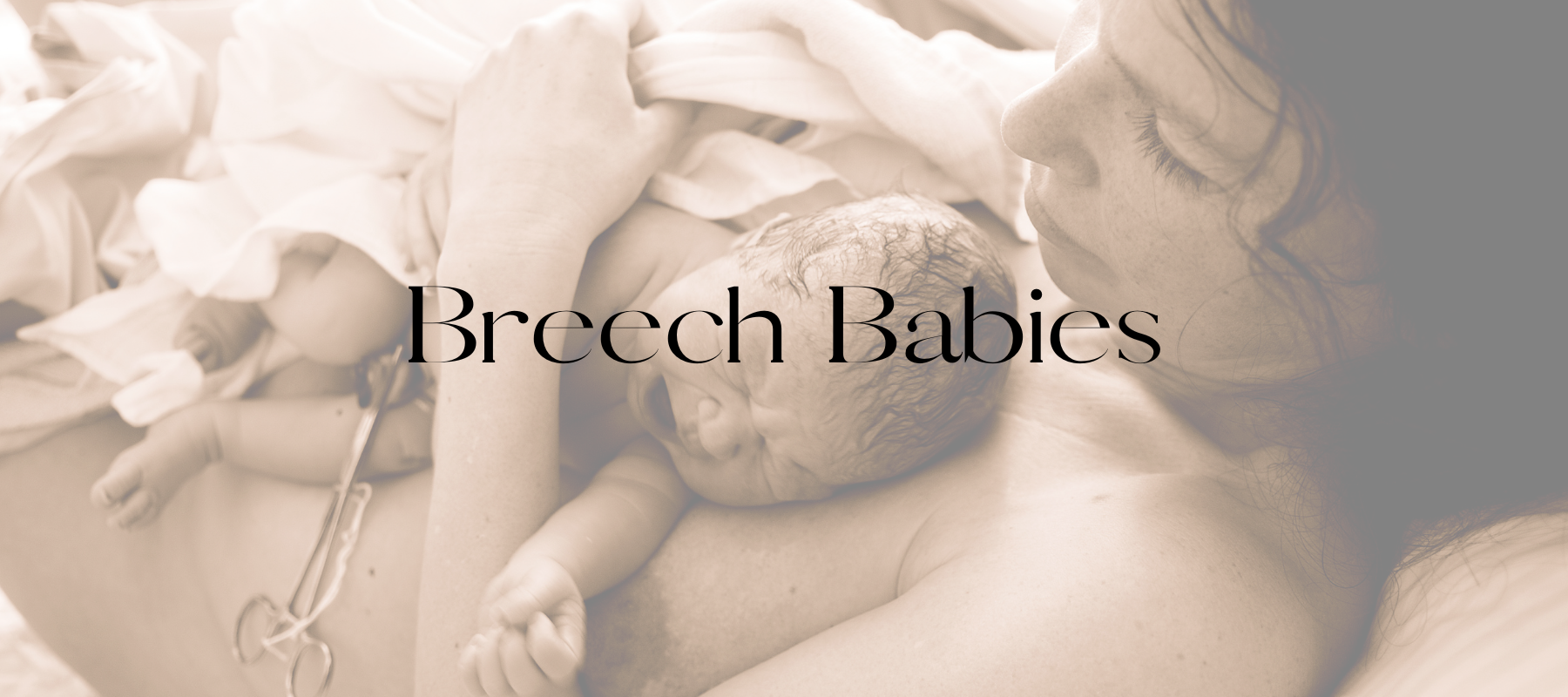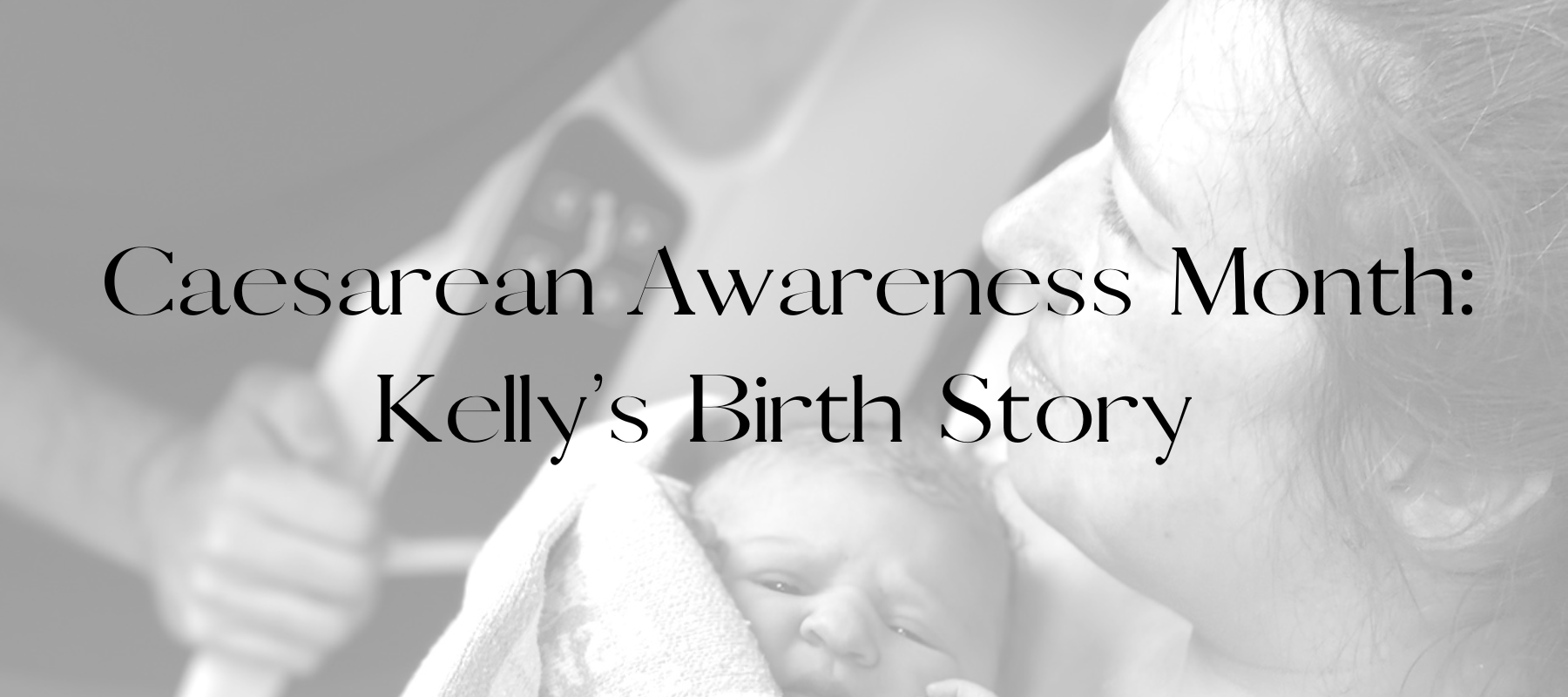Oxygen is one of the most critical components that facilitates human life.
The need for oxygen begins in the earliest stages of a baby’s development in the womb and continues throughout the rest of life. During pregnancy, the growing baby is reliant on the placenta to facilitate oxygen and carbon dioxide exchange – instead of their lungs.
Following an uncomplicated delivery, the majority of babies immediately begin breathing on their own. They enter the world with a strong cry, helping their lungs inflate, expel fluid and their circulatory system is able to adapt within the first minute to facilitate oxygen exchange.
For some newborns, this transition does not always occur as smoothly, and approximately 10% of babies will require medical assistance to start breathing on their own. 1% of these babies will require critical intervention, known as neonatal resuscitation.
Resuscitation at birth is required when a newborn baby is unable to achieve the transition to independent breathing on their own. At delivery, the midwife or doctor will observe the baby to ensure they are able to take their first breaths, and that they have a strong heartrate.
If the baby is unable to breathe well on their own, the midwife or doctor may observe:
- Lack of vigorous crying
- Continued pale or blue skin centrally, chest and torso (a sign the baby is not circulating oxygen appropriately)
- Poor muscle tone and reflexes (baby is floppy and not movement responsive)
- Abnormal, slow or absent heartrate on auscultation (listening with a stethoscope)
The APGAR scoring tool is also used during this time to assist baby observations immediately following delivery. You may have heard about your baby’s ‘APGAR scores’ at birth.
APGAR stands for:
- Appearance – Skin colour to determine how well your baby is oxygenating their body.
- Pulse – Your baby’s heart rate should be greater than 100bpm
- Grimace – Reflexes, how your baby responds to stimulation.
- Activity – Muscle tone
- Respiration – Your baby’s breathing rate and effort
Each of these features is scored from 0-2, with 2 being the best your baby can score in each section. These scores are then added up and baby is given a number out of 10.
APGARS are assessed at 1 minute, 5 minutes and sometimes 10 minutes of life as needed.
It is not common for babies to score 10/10. In fact, it is very common for babies to score an APGAR of 9/10 at one minute, and 9/10 at 5 minutes. This is because they often ‘lose a point’ for colour. (It’s not uncommon for them to have blue-coloured hands and feet, as their circulation is still taking time to adjust!).
What does it mean then if my baby has a low APGAR score?
If your baby has a low APGAR score at 1 minute, but >7 at 5 minutes old, this usually indicates your baby needed a period of adjustment to the outside world, or perhaps took a few moments to work out what was happening with or without assistance. Being born is a very overwhelming experience!
Your baby may need some assistance if they are not adjusting to extra-uterine life.
Your midwife, obstetrician or paediatrician may dry your baby vigorously to prompt them to take their first breath, or they may need help with a face mask and oxygen.
In some cases, your baby may need lifesaving medical attention and resuscitation. This is often not predictable. It is estimated approximately 50% of baby resuscitation events had no known risk factors prior.
Resuscitation
If a baby is unable to breath normally on their own after delivery it is extremely important that the healthcare provider is able to recognise and respond appropriately right away. The window for intervention is extremely short. The longer the delay, the higher the risk of serious brain injury or even death.
Anticipating the need for resuscitation is also an important part of proving the best care.
For high-risk deliveries, having a highly trained team of professionals present at delivery gives mother and baby the highest chances of a positive outcome.
Several identified risk factors for baby resuscitation include:
- Premature delivery
- Multiples (twins or triplets)
- Alcohol/drug use in pregnancy
- Trauma during birth or adverse birth event
- Vasa Previa (blood vessels from the umbilical cord are unprotected and blocking the cervix)
- Mothers age over 40
- Large for gestational age babies
- Meconium-stained amniotic fluid
- Placental abruption
- Infection
What can you expect if your baby needs resuscitation?
- Temperature regulation - The first step in baby resuscitation is preventing ‘cold stress’. This refers to maintaining your baby’s body temperature by placing them under a warm heat lamp and drying their wet body after birth. Often this process of drying your baby vigorously immediately after birth is all that is needed to prompt them to suddenly inhale and begin to cry.
- Ensure clear airway - The midwife or doctor will assess and intervene immediately is there is evidence that your baby’s airway is obstructed. Fluid, mucous, blood or even meconium (your baby’s first poo) may be blocking the airway and may require suction or baby coughing to clear.
- Breathing – Air or oxygen via face mask may be needed to help inflate your baby’s lungs if they are not breathing well on their own. For many babies, these three steps may be all that is needed to help them breathe independently.
- Critical resuscitation - For other babies who do not respond to these interventions and require more support, further resuscitation such as intubation, CPR and life-saving medication may be needed.
Ongoing care
Babies who require resuscitation often need ongoing care or close observation in the hours/days after birth. These babies will be transferred to a special or intensive care baby nursery and cared for by experienced neonatal nurses and paediatricians.
Some of the observations they may attend include temperature monitoring, blood sugar monitoring and cardio-respiratory function tests (heartrate, oxygenation, blood gas analysis).
Baby resuscitation after birth cannot always be predicted, and in these instances, it is important you are able to remain informed and educated throughout your baby’s care. If you are expecting a baby soon ask your healthcare provider for information about the possibilities of resuscitation and resources available to you should this happen.
Written by Keryn Thompson RM & IBCLC (L-301766)
References
Ali, N., & Sawyer, T. (2022). Special Consideration in Neonatal Resuscitation. Seminars in Perinatology, 151626. https://doi.org/10.1016/j.semperi.2022.151626
Berkelhamer, S. K., McMillan, D. D., Amick, E., Singhal, N., & Bose, C. L. (2020). Beyond Newborn Resuscitation: Essential Care for Every Baby and Small Babies. Pediatrics, 146(Supplement_2), S112—S122. https://doi.org/10.1542/peds.2020-016915d
Bucher, S. L., Cardellichio, P., Muinga, N., Patterson, J. K., Thukral, A., Deorari, A. K., Data, S., Umoren, R., & Purkayastha, S. (2020). Digital Health Innovations, Tools, and Resources to Support Helping Babies Survive Programs. Pediatrics, 146(Supplement_2), S165—S182. https://doi.org/10.1542/peds.2020-016915i
Cnattingius, S., Norman, M., Granath, F., Petersson, G., Stephansson, O., & Frisell, T. (2017). Apgar Score Components at 5 Minutes: Risks and Prediction of Neonatal Mortality. Paediatric and Perinatal Epidemiology, 31(4), 328–337. https://doi.org/10.1111/ppe.12360
Ghavi, A., Hassankhani, H., Powers, K., Arshadi-Bostanabad, M., Namdar-Areshtanab, H., & Heidarzadeh, M. (2022). Parental support needs during pediatric resuscitation: A systematic review. International Emergency Nursing, 63, 101173. https://doi.org/10.1016/j.ienj.2022.101173
Lagatta, J., Yan, K., & Hoffmann, R. (2011). The association between 5-min Apgar score and mortality disappears after 24 h at the borderline of viability. Acta Paediatrica, 101(6), Article e243-e247. https://doi.org/10.1111/j.1651-2227.2011.02334.x
Lapcharoensap, W., & Lee, H. C. (2016). Temperature Management in the Delivery Room and During Neonatal Resuscitation. NeoReviews, 17(8), Article e454-e462. https://doi.org/10.1542/neo.17-8-e454
Mildenhall, L. F. J. (2017). Resuscitation of the newborn. Anaesthesia & Intensive Care Medicine, 18(2), 99–105. https://doi.org/10.1016/j.mpaic.2016.11.004
Morais, A., Peixoto, H., Coimbra, C., Abelha, A., & Machado, J. (2017). Predicting the need of Neonatal Resuscitation using Data Mining. Procedia Computer Science, 113, 571–576. https://doi.org/10.1016/j.procs.2017.08.287
Morley, C. J. (2018). Monitoring Neonatal Resuscitation: Why Is It Needed? Neonatology, 113(4), 387–392. https://doi.org/10.1159/000487614
Nair, A., Bharuka, A., & Rayani, B. K. (2018). The Reliability of Surgical Apgar Score in Predicting Immediate and Late Postoperative Morbidity and Mortality: A Narrative Review. Rambam Maimonides Medical Journal, 9(1), Article e0004. https://doi.org/10.5041/rmmj.10316
Sawyer, A., Ayers, S., Bertullies, S., Thomas, M., Weeks, A. D., Yoxall, C. W., & Duley, L. (2015). Providing immediate neonatal care and resuscitation at birth beside the mother: parents’ views, a qualitative study. BMJ Open, 5(9), Article e008495. https://doi.org/10.1136/bmjopen-2015-008495
Sawyer, T. (2020). Educational Perspectives: Educational Strategies to Improve Outcomes from Neonatal Resuscitation. NeoReviews, 21(7), Article e431-e441. https://doi.org/10.1542/neo.21-7-e431
Sawyer, T., Umoren, R., & Gray, M. M. (2016). Neonatal resuscitation: advances in training and practice. Advances in Medical Education and Practice, Volume 8, 11–19. https://doi.org/10.2147/amep.s109099
Stewart, S. A. (2019). Parents' Experience During a Child's Resuscitation: Getting Through It. Journal of Pediatric Nursing, 47, 58–67. https://doi.org/10.1016/j.pedn.2019.04.019
Thavarajah, H., Flatley, C., & Kumar, S. (2017). The relationship between the five minute Apgar score, mode of birth and neonatal outcomes. The Journal of Maternal-Fetal & Neonatal Medicine, 31(10), 1335–1341. https://doi.org/10.1080/14767058.2017.1315666



